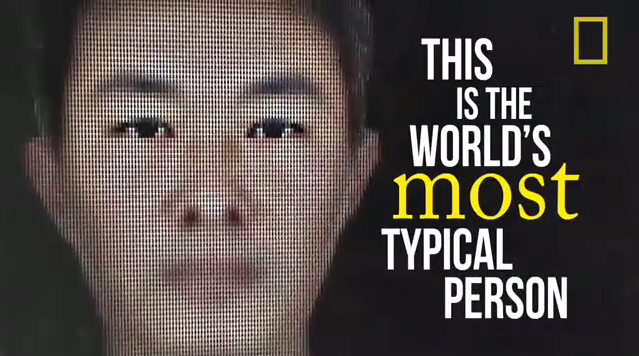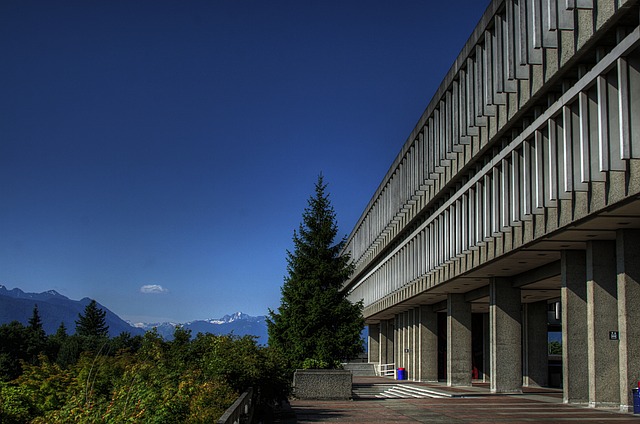The typical person in the world

With over 280,000 births a day, there are now about 7.5 billion people in the world, and we’re all different. But is there a typical person? According to a recent study by National Geographic, the answer is yes. To start with, the typical person is right-handed; only 11% of us are left-handed. Also the typical person earns less than $12,000 a year or $1,000 a month. The surprising thing is that this typical person has a cell phone. Did you know that over 4 million cell phones are sold daily? On the other hand, this person has neither a savings nor a chequing account at a bank. This person is male because there are now more men on earth than women. He is 1.75 meters (5 ft. 6 in.) tall and is 28 years old, an age that continues to rise every year due to more people living longer. He will live an average of 67 years. Since more than 82% of us live in urban areas, the typical person lives in a city. However, he doesn’t own a car because only 1 in 10 people in the world have a car. Finally, the typical person is Christian. There are half a billion more followers of Christianity than the next biggest religion, Islam.
Because the largest ethnic group is Han Chinese with 9 million people, the typical person is a 28-year-old Han Chinese man who is 1.75 m. tall, is right-handed, makes $1,000 a month, is Christian, and has a cell phone. He lives in the city, has no car, and doesn’t have a bank account. However, this Han Chinese man won’t be typical for long. By 2030 the earth’s population will be 8 billion, and the typical person will come from India.
Click on the audio recording below to hear the lesson.
Vocabulary:
billion – 1,000,000,000
typical – representing everyone, average
according to – based on (what someone said or wrote)
earns – gets paid (by a boss or by investments)
cell phone – a small phone you carry with you
daily – every day
on the other hand – stating the opposite
chequing – Canadian spelling for “checking”:
male – a man or a boy
rise – go up
due to – because of
since – because
urban – of a city
however – but
followers – people who practice a religion
ethnic – sharing the same general genes (DNA)
Pronunciation Exercise: Listen and repeat the above vocabulary on the audio file below.
© 2014 Ambien Malecot
